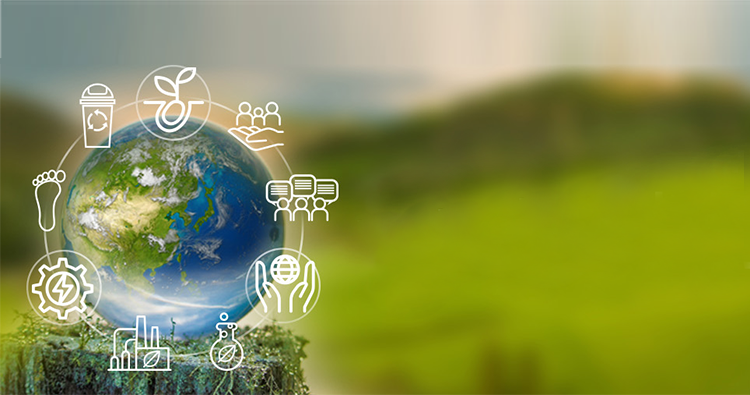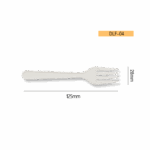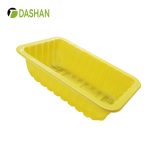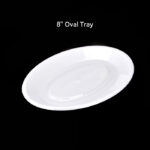Quick Summary
Finland has stringent policies in place for the importation of single-use food packaging materials, including PET, PLA, and CPET. These materials are subject to both environmental regulations and food safety standards to ensure their sustainability, recyclability, and biodegradability. The Finnish government is committed to reducing plastic pollution and promoting eco-friendly food packaging solutions. This article explores the current laws, the role of these materials in Finland’s sustainability agenda, and the opportunities they present for foodservice businesses.
Finland’s Regulatory Framework on Imported Food Packaging Materials
Finland, as a member of the European Union, adheres to a comprehensive set of regulations that govern the import of packaging materials. These regulations are designed to minimize the environmental impact of packaging waste, encourage recycling, and protect food safety.
EU Packaging and Packaging Waste Directive
The EU Packaging and Packaging Waste Directive (94/62/EC) is a cornerstone regulation that applies to all packaging materials, including PET, PLA, and CPET. This directive sets requirements for the reduction of packaging waste and promotes the use of recyclable and biodegradable materials.
-
Recycling Goals: The directive sets ambitious recycling targets for different types of packaging. Finland, in alignment with EU policy, has committed to ensuring that packaging materials such as PET and PLA are recyclable and subject to recycling systems within the country.
-
Extended Producer Responsibility (EPR): The directive introduces EPR schemes, which hold producers responsible for managing the lifecycle of their products, including packaging. In Finland, this means that manufacturers and importers must ensure their packaging is either recyclable or biodegradable.
EU Single-Use Plastics Directive
The EU Single-Use Plastics Directive (2019/904) is particularly important when discussing single-use packaging. This directive aims to reduce the environmental impact of certain plastic products and encourages the use of sustainable alternatives like biodegradable or compostable packaging materials.
-
Ban on Single-Use Plastics: Certain single-use plastic products, such as plastic cutlery, straws, and plates, are prohibited, and this extends to certain types of non-recyclable plastics. Finland follows these directives by promoting the use of alternatives like PLA, which is biodegradable and derived from renewable resources.
-
Promotion of Sustainable Materials: The directive encourages the use of packaging materials that are biodegradable, compostable, or recyclable, which includes materials like PLA and CPET that can be processed in composting or recycling systems.
The Role of PET, PLA, and CPET in Finland’s Packaging Policies
PET: A Sustainable and Recyclable Material
PET (Polyethylene Terephthalate) is one of the most widely used materials in food packaging, especially for beverages, snack foods, and ready-to-eat meals. Finland, like other EU countries, has strict recycling targets for PET, aiming for a closed-loop recycling system that minimizes waste.
-
Recyclability: PET is a highly recyclable material, and Finland has one of the highest recycling rates for PET bottles in Europe. Importers must ensure that PET packaging is labeled correctly and adheres to Finland’s recycling standards.
-
Food Safety: PET materials used for food packaging must comply with EU regulations on food contact materials (Regulation (EC) No 1935/2004), ensuring that they do not release harmful substances into the food.
-
Environmental Impact: While PET is recyclable, Finland’s government is increasingly pushing for the use of rPET (recycled PET) to reduce the demand for new plastic production and promote a circular economy.
PLA: Biodegradable and Compostable Packaging
PLA (Polylactic Acid) is a biodegradable plastic derived from renewable plant sources such as cornstarch or sugarcane. Finland encourages the use of PLA as an alternative to traditional plastic packaging due to its compostable and biodegradable properties.
-
Biodegradability: PLA breaks down more quickly than traditional plastics in industrial composting facilities, making it a key material in Finland’s push for biodegradable food packaging.
-
Food Safety Standards: PLA packaging is subject to the same food safety regulations as other food contact materials. It must be certified for safe use in food packaging and comply with EU food contact regulations.
-
Recycling and Composting: While PLA is not recyclable in conventional plastic recycling streams, Finland has a robust system for composting PLA packaging. Importers must ensure that PLA materials are separated and processed correctly to avoid contamination in recycling facilities.
CPET: High-Performance and Recyclable Packaging
CPET (Crystallized Polyethylene Terephthalate) is a material designed for high-temperature applications, making it ideal for ready-to-eat meals and other hot food packaging. Like PET, CPET is highly recyclable and commonly used in food packaging.
-
Heat Resistance: CPET can withstand higher temperatures than standard PET, making it suitable for microwaveable meals and food packaging that requires thermal resistance.
-
Recyclability: CPET is recyclable within the same PET recycling streams, which makes it easier to integrate into Finland’s recycling infrastructure. CPET packaging must meet the same recycling standards as PET to ensure it is processed efficiently.
-
Environmental Impact: Finland encourages the use of recycled CPET (rCPET) as part of its efforts to reduce the environmental impact of packaging materials.
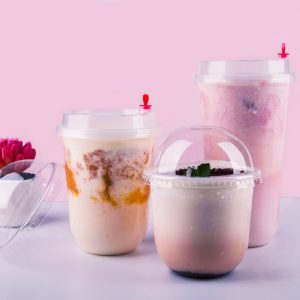
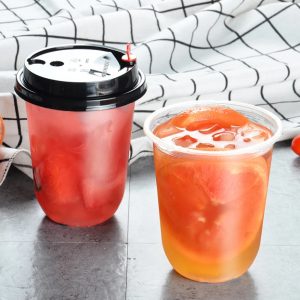
Finland’s Waste Management and Recycling System
Finland has one of the most advanced waste management and recycling systems in the world. The country operates a producer responsibility system that mandates producers to manage the lifecycle of their packaging materials, including PET, PLA, and CPET.
-
Deposit Return System (DRS): Finland’s DRS for beverage containers has proven highly successful in promoting the recycling of PET bottles. Under this system, consumers return their empty bottles to designated collection points, and manufacturers are responsible for recycling them.
-
Extended Producer Responsibility (EPR): For other types of packaging, including PLA and CPET, producers are required to take responsibility for the collection, recycling, or composting of their packaging. This includes ensuring that packaging materials are marked for proper disposal and recycling.
FAQ: Everything You Need to Know About Finland’s Food Packaging Regulations
Q1: What types of materials are preferred for food packaging in Finland?
A1: Finland favors packaging materials that are recyclable and biodegradable, including PET, PLA, and CPET. These materials comply with EU and Finnish regulations for sustainability and food safety.
Q2: Are PLA plastic cups biodegradable in Finland?
A2: Yes, PLA plastic cups are biodegradable and compostable under industrial composting conditions. However, they must be separated from traditional plastic waste in Finland’s waste management system to ensure proper disposal.
Q3: How does Finland manage the recycling of PET packaging?
A3: Finland has a highly efficient PET recycling system, including a Deposit Return System (DRS) for beverage containers, which encourages consumers to return used PET bottles for recycling.
Q4: Are CPET materials safe for food packaging in Finland?
A4: Yes, CPET materials are safe for food packaging, provided they comply with the EU’s food safety regulations. CPET is also recyclable and can be processed through Finland’s PET recycling systems.
Q5: Can PLA packaging be recycled in Finland?
A5: No, PLA packaging cannot be recycled in conventional plastic recycling systems. However, Finland has specialized composting systems for biodegradable materials like PLA, ensuring they are disposed of sustainably.
Conclusion
Finland’s regulations on imported single-use food packaging, including PET, PLA, and CPET, aim to reduce environmental impact and encourage the use of recyclable and biodegradable food packaging. These materials must meet strict food safety standards and comply with the country’s advanced waste management and recycling systems. For businesses looking to import food packaging into Finland, understanding these regulations is crucial to ensure compliance and contribute to Finland’s sustainability goals.
References
-
European Commission, Packaging and Packaging Waste Directive (94/62/EC). Available at: https://ec.europa.eu/environment/waste/packaging/
-
European Commission, Single-Use Plastics Directive (2019/904). Available at: https://ec.europa.eu/environment/waste/plastic_waste.htm
-
Finnish Environmental Ministry, Finland’s Waste Management and Recycling Regulations. Available at: https://www.ymparisto.fi/en-US

